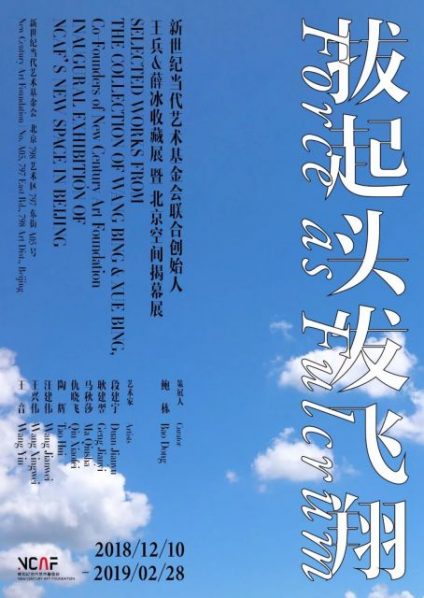
Lu Xun used “pulling one’s hair with one’s own hands to leave this earth” as the analogy for criticizing those who pursued the “authentic art and literature” by isolating themselves from social contexts, this analogy has since become an idiom, commonly used in the present1. This metaphor stands semantically on the basis of the physical principle for action and reaction, known as Newton’s Third Law that essentially states, an object can be its own fulcrum and force while staying immobile.
Although this seems to be the inevitable condition contemporary Chinese art has to confront – our artistic practice should be our own fulcrum as well as our own force – if not considered an obstacle. In fact, this is the pivotal character of the historical experience of third world modernity, where we need to achieve two or more, or even entirely contrary things through this action.
In the process of reforming our traditions, it’s still important to preserve our cultural subjectivity; in addressing the social function of art, it’s still necessary to demand artistic subjectivity; when confronting the future, it’s still necessary to revisit the past… The process of modernization in China has always had various layers and obstacles. These existing historical experiences in today’s reality should be the knowledge about history in our conscience.
In fact, this kind of deliberate representation in our discourse and action embodies a natural contemporaneity, which has transcended the logic of linear progression of modernity, which can neither predict the foreseeable goal nor discover a reliable reference. As it’s becoming a recurring event, in this sense, it’s nearly impossible to distinguish the Chinese modernity and contemporaneity.
If “crossing the river by touching stones” is a cautious and practical approach in our historical experience, then “force as fulcrum” implies a kind of self-confident and free-spirited imagination for the present. Let us imagine someone who jumps up and down, twisting and turning one’s body, but unconcerned about one’s somewhat awkwardness.
1 See Lu Xun On the Third Type of Person, first published on November 1, 1932, in the Shanghai periodical, Les Contemporains, Vol. 2, No.1.
About the exhibition
Dates: Dec 10, 2018 - Feb 28, 2019
Opening: Dec 9, 15:00
Venue: New Century Art Foundation
Artists: Bao Dong, Duan Jianyu, Geng Jianyi, Ma Qiusha, Qiu Xiaofei, Tao Hui, Wang Jianwei, Wang Xingwei, Wang Yin
Courtesy of the artists and New Century Art Foundation.




























